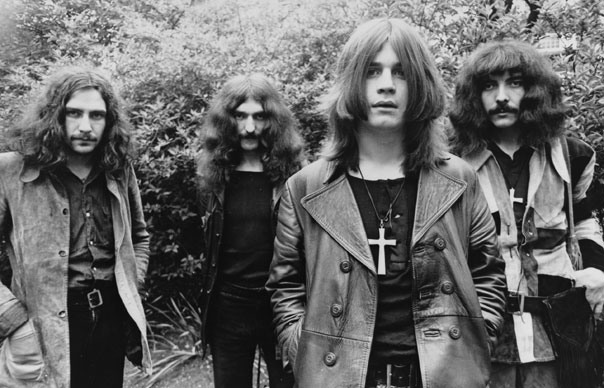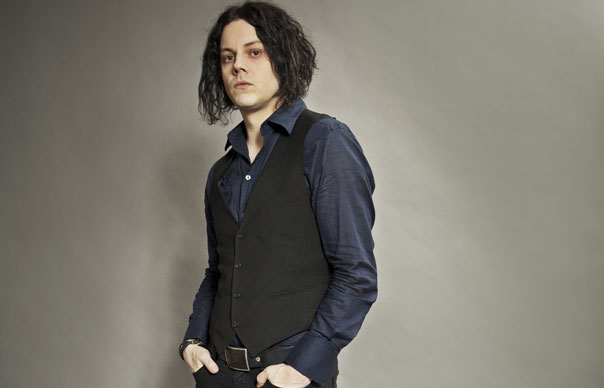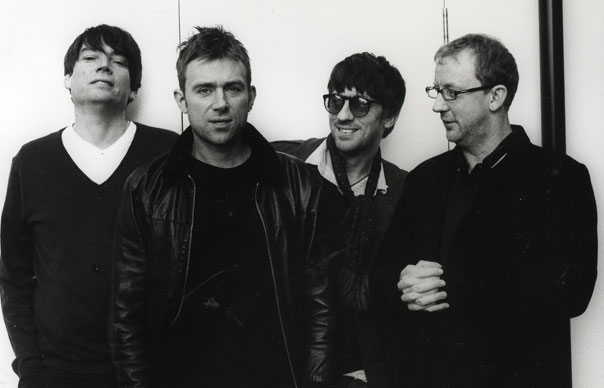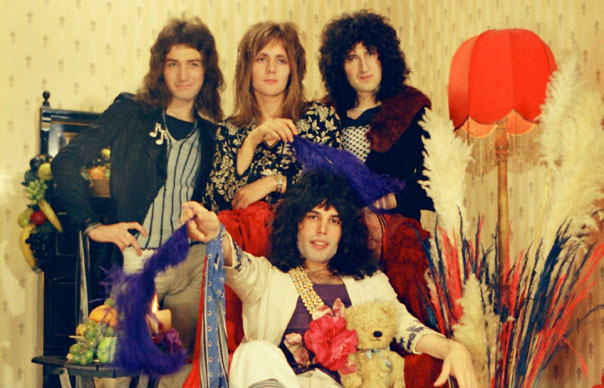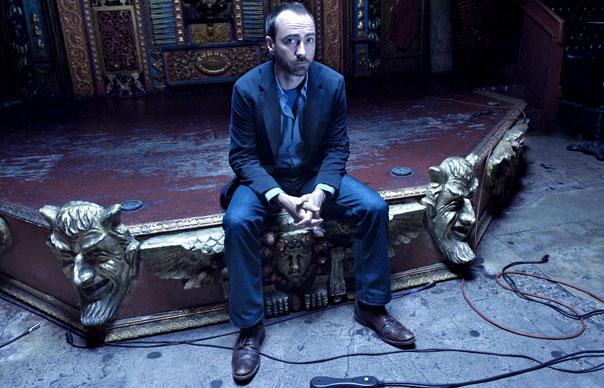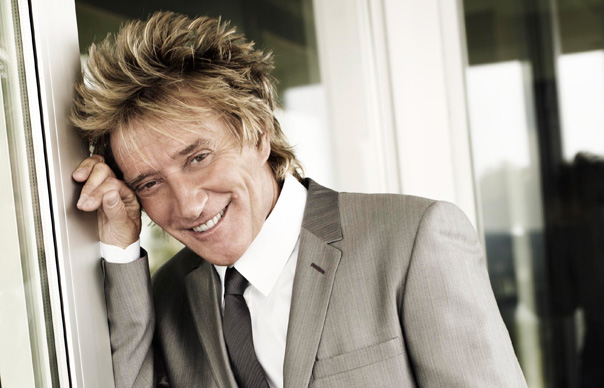Fly on the psychedelic wall: The Bear's sonic journals snag a masterpiece... Somewhere within the sonic depths of this extraordinary concert tape's opener, "Combination of the Two," as James Gurley's distorted guitar angles toward a kind of demented Coltrane-like climax, Janis Joplin gets off a series of whooping, exhortative screams — the kind borne of revelation or epiphany. It’s as if from the get-go she knew that Big Brother and the Holding Company — just two months from splintering into oblivion — was destined for immortality, on this night at least. It’s the tip of the iceberg for Live At The Carousel Ballroom 1968, a tour de force of such fervor and intensity that it places Big Brother in its rightful perch as, perhaps, psychedelic San Francisco’s fiercest lysergic combo. A combustible group whose expansive sound defied the straitjacket of the studio, Big Brother—in the dumbed-down, Time-Life version of history—were simply a backing group, random bystanders who happened to launch Joplin into superstardom. But deep in the mythology of San Francisco's psychedelic heyday, they were always a contender, an ensemble, capable of pushing all boundaries as rock grew burly in the late '60s. Fortunately for posterity, acid king Owsley "Bear" Stanley had the gumption to roll tape on June 23, 1968. Not just regular old tape, though. The Grateful Dead roadie and confidante had been running the mixing boards at the Carousel most of 1968, experimenting with the technology of best capturing the music via "sonic journals," recordings made to document the scene and fine-tune the club's sound. This tape, in storage and/or legal limbo for decades but finally produced and mixed by Bear himself prior to his untimely death in 2011, is almost pugilistic in presentation. Amplifying every nuance, every kaleidoscopic shade from the roar of the guitars, every electrifying scrap of back-and-forth among the musicians in crystal-clear, full-dimensional fashion, it's a transcendent, revelatory listen. The recording is so pure, so lively, in fact, that it virtually drops the listener into the Carousel on that summer night. Big Brother’s roots, in truth, ran deep into American music. Bassist Peter Albin cut his teeth on folk and bluegrass; drummer Dave Getz was an in-demand jazz player; songwriter/guitarist Sam Andrew was well-versed in blues and jazz, a frequent jamming partner with Jerry Garcia, and along with James Gurley, developed a formidable double-lead guitar assault. Only a year-plus into their brief reign, they had mongrelized their influences—twisting, stretching, and distorting R&B, blues, and folk motifs into a towering, multi-tentacled psychedelic monster. Adept at sustain and release, they were both sonic architects and masters of improv. Case in point is "I Need A Man To Love", which begins with Andrew and Gurley's guitars sneaking, curling around Joplin's yearning, stinging, openly sexual vocal, before threading into a spellbinding, extended bit of call-and-response guitar interplay—a high-wire act pitting inner turmoil against just out-of-reach catharsis. The aural carnage plays out repeatedly amid Joplin’s otherworldly vocals. Singing with all of hell’s fury, she pulls every last stitch of romantic desperation and deranged dejection out of the songs, pleading with herself, the cosmos, the audience, the coterie of cheats she’s been seeing, bending, torturing the words past literality into treams of pure emotion—exploding then crazily reassembling the blues paradigm. Their repertoire is fascinating: pop standards, tripped-out and barely recognizable (i.e., Gershwin's chestnut "Summertime"); ancient folk songs, like English ballad "Coo Coo," hotwired into a psychedelic wall of sound; and showstoppers "Ball & Chain," a smash at Monterey, and "Piece Of My Heart", their most straightforwardly pop number and biggest hit single. "Catch Me Daddy" is the most violent cut, souped-up psycho-rockabilly, while "Down on Me," amid jagged guitars, is a nod to folk/rock. "Light Is Faster than Sound," a Peter Albin showpiece from their debut album, is most allegiant to proto-psychedelia—dual guitars making like air-raid sirens, rising up from the scrum, screaming as they go by, only to submerge themselves again. When Joplin’s vocal fades, Gurley’s rampaging guitar emerges with a shattering solo, a marvel of controlled chaos. No one could’ve known it, but this was one of the last blinding flashes of the original psychedelic era. Ominous changes were afoot, “not better world a-comin’,” as critic Paul Nelson once opined. Like a tunnel into an alien world, Live at the Carousel offers a trenchant if temporary trip back. Luke Torn Q&A Big Brother's Sam Andrew What is your best memory of this show and the Carousel Ballroom? Of Bear? The Carousel was a large, cavernous space, dark, high ceilings and it seemed as if all my friends were there. Owsley Stanley was cavorting around the sound system and talking to me a mile a minute in a technical language that was quite beyond me. Bear was always an enthusiastic mix of the cerebral and the celebratory. How much of the Big Brother sound was improv? In Big Brother we began as pure improvisation and moved steadily toward a scripted music. That's how I think of it anyway. Janis was a very creative singer, and I can tell what night we are doing "Summertime", just because it is so different from another night. We took a lot of chances because, (a) that's who we were, and (b) we often didn't know any better. Big Brother broke up soon after this great show. What were y'all thinking?! We were not thinking. Janis was restless. She wanted to be a soul singer like Tina, Aretha, Gladys, and I was thinking about songwriting ALL the time. We had a lot of discussions about the band and she felt that on some nights, people weren't trying hard enough. I wish I would have tried harder to talk her out of leaving the band. INTERVIEW: LUKE TORN
Fly on the psychedelic wall: The Bear’s sonic journals snag a masterpiece…
Somewhere within the sonic depths of this extraordinary concert tape’s opener, “Combination of the Two,” as James Gurley’s distorted guitar angles toward a kind of demented Coltrane-like climax, Janis Joplin gets off a series of whooping, exhortative screams — the kind borne of revelation or epiphany. It’s as if from the get-go she knew that Big Brother and the Holding Company — just two months from splintering into oblivion — was destined for immortality, on this night at least.
It’s the tip of the iceberg for Live At The Carousel Ballroom 1968, a tour de force of such fervor and intensity that it places Big Brother in its rightful perch as, perhaps, psychedelic San Francisco’s fiercest lysergic combo. A combustible group whose expansive sound defied the straitjacket of the studio, Big Brother—in the dumbed-down, Time-Life version of history—were simply a backing group, random bystanders who happened to launch Joplin into superstardom. But deep in the mythology of San Francisco’s psychedelic heyday, they were always a contender, an ensemble, capable of pushing all boundaries as rock grew burly in the late ’60s.
Fortunately for posterity, acid king Owsley “Bear” Stanley had the gumption to roll tape on June 23, 1968. Not just regular old tape, though. The Grateful Dead roadie and confidante had been running the mixing boards at the Carousel most of 1968, experimenting with the technology of best capturing the music via “sonic journals,” recordings made to document the scene and fine-tune the club’s sound.
This tape, in storage and/or legal limbo for decades but finally produced and mixed by Bear himself prior to his untimely death in 2011, is almost pugilistic in presentation. Amplifying every nuance, every kaleidoscopic shade from the roar of the guitars, every electrifying scrap of back-and-forth among the musicians in crystal-clear, full-dimensional fashion, it’s a transcendent, revelatory listen. The recording is so pure, so lively, in fact, that it virtually drops the listener into the Carousel on that summer night.
Big Brother’s roots, in truth, ran deep into American music. Bassist Peter Albin cut his teeth on folk and bluegrass; drummer Dave Getz was an in-demand jazz player; songwriter/guitarist Sam Andrew was well-versed in blues and jazz, a frequent jamming partner with Jerry Garcia, and along with James Gurley, developed a formidable double-lead guitar assault.
Only a year-plus into their brief reign, they had mongrelized their influences—twisting, stretching, and distorting R&B, blues, and folk motifs into a towering, multi-tentacled psychedelic monster. Adept at sustain and release, they were both sonic architects and masters of improv. Case in point is “I Need A Man To Love“, which begins with Andrew and Gurley’s guitars sneaking, curling around Joplin’s yearning, stinging, openly sexual vocal, before threading into a spellbinding, extended bit of call-and-response guitar interplay—a high-wire act pitting inner turmoil against just out-of-reach catharsis.
The aural carnage plays out repeatedly amid Joplin’s otherworldly vocals. Singing with all of hell’s fury, she pulls every last stitch of romantic desperation and deranged dejection out of the songs, pleading with herself, the cosmos, the audience, the coterie of cheats she’s been seeing, bending, torturing the words past literality into treams of pure emotion—exploding then crazily reassembling the blues paradigm.
Their repertoire is fascinating: pop standards, tripped-out and barely recognizable (i.e., Gershwin’s chestnut “Summertime”); ancient folk songs, like English ballad “Coo Coo,” hotwired into a psychedelic wall of sound; and showstoppers “Ball & Chain,” a smash at Monterey, and “Piece Of My Heart“, their most straightforwardly pop number and biggest hit single. “Catch Me Daddy” is the most violent cut, souped-up psycho-rockabilly, while “Down on Me,” amid jagged guitars, is a nod to folk/rock. “Light Is Faster than Sound,” a Peter Albin showpiece from their debut album, is most allegiant to proto-psychedelia—dual guitars making like air-raid sirens, rising up from the scrum, screaming as they go by, only to submerge themselves again. When Joplin’s vocal fades, Gurley’s rampaging guitar emerges with a shattering solo, a marvel of controlled chaos.
No one could’ve known it, but this was one of the last blinding flashes of the original psychedelic era. Ominous changes were afoot, “not better world a-comin’,” as critic Paul Nelson once opined. Like a tunnel into an alien world, Live at the Carousel offers a trenchant if temporary trip back.
Luke Torn
Q&A
Big Brother’s Sam Andrew
What is your best memory of this show and the Carousel Ballroom? Of Bear?
The Carousel was a large, cavernous space, dark, high ceilings and it seemed as if all my friends were there. Owsley Stanley was cavorting around the sound system and talking to me a mile a minute in a technical language that was quite beyond me. Bear was always an enthusiastic mix of the cerebral and the celebratory.
How much of the Big Brother sound was improv?
In Big Brother we began as pure improvisation and moved steadily toward a scripted music. That’s how I think of it anyway. Janis was a very creative singer, and I can tell what night we are doing “Summertime”, just because it is so different from another night. We took a lot of chances because, (a) that’s who we were, and (b) we often didn’t know any better.
Big Brother broke up soon after this great show. What were y’all thinking?!
We were not thinking. Janis was restless. She wanted to be a soul singer like Tina, Aretha, Gladys, and I was thinking about songwriting ALL the time. We had a lot of discussions about the band and she felt that on some nights, people weren’t trying hard enough. I wish I would have tried harder to talk her out of leaving the band.
INTERVIEW: LUKE TORN


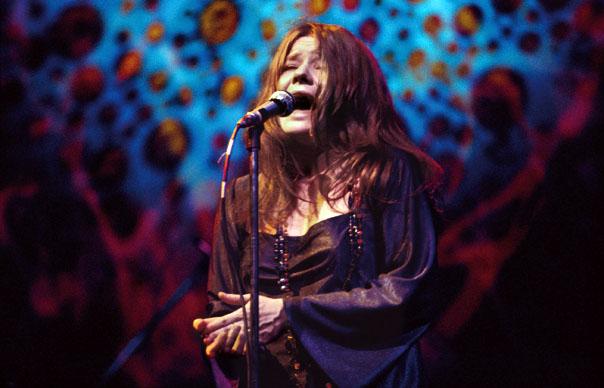
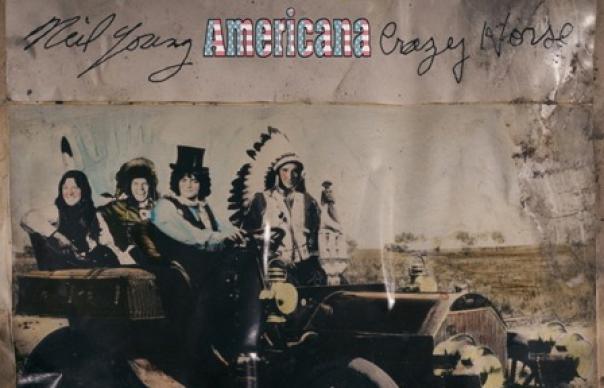
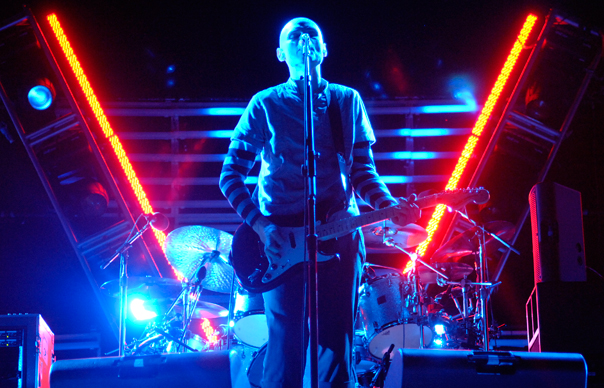
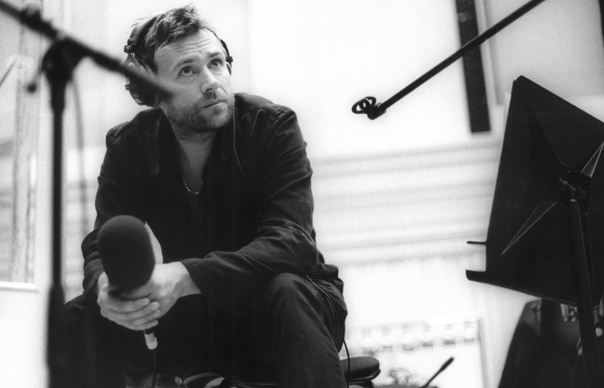
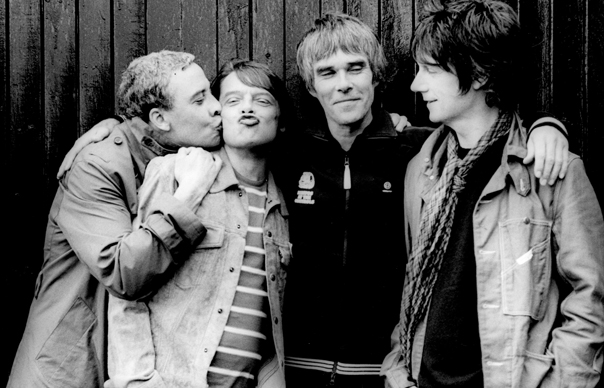
 The support bills for The Stone Roses’ Heaton Park gigs are as follows:
The support bills for The Stone Roses’ Heaton Park gigs are as follows: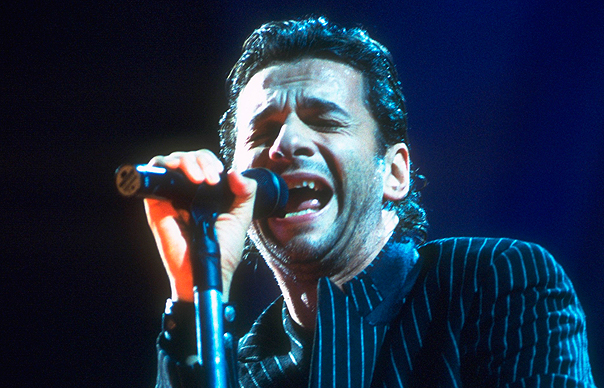
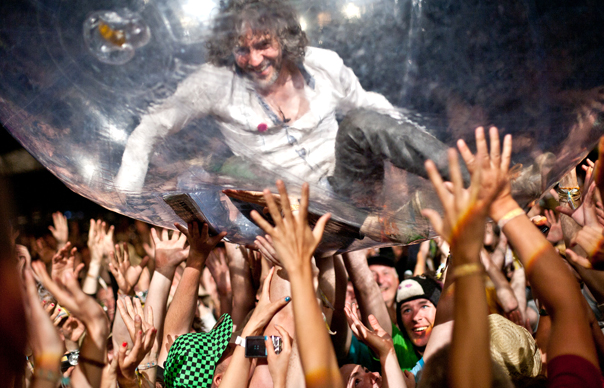
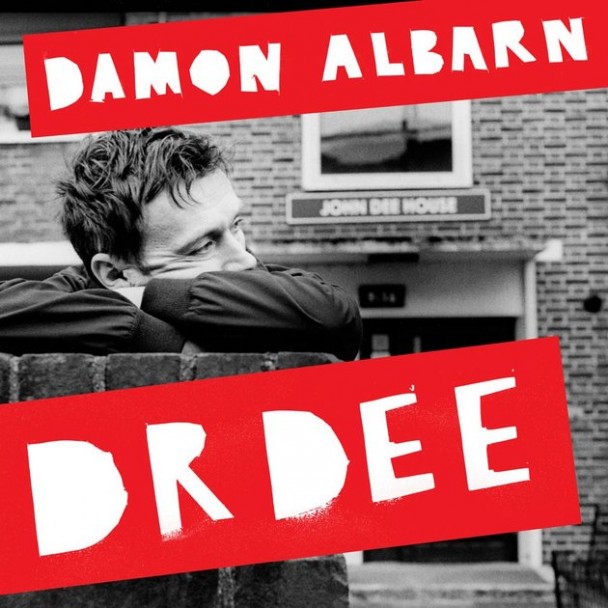
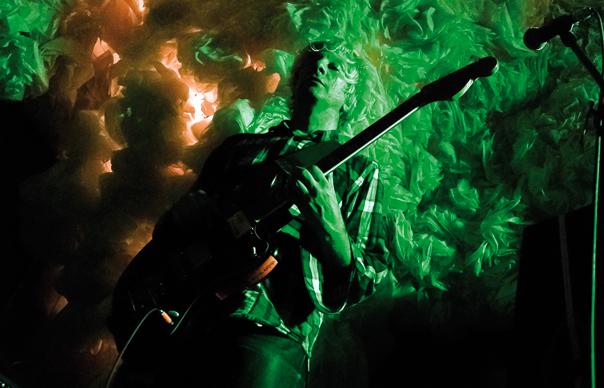
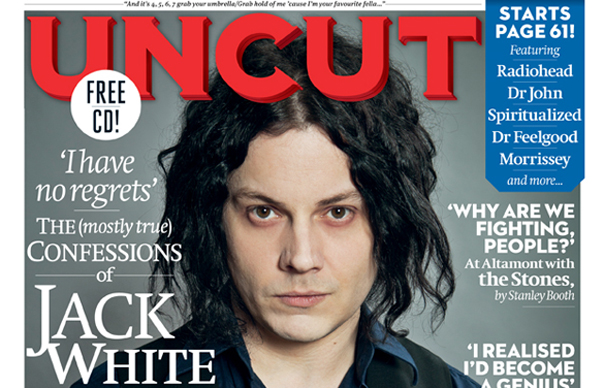
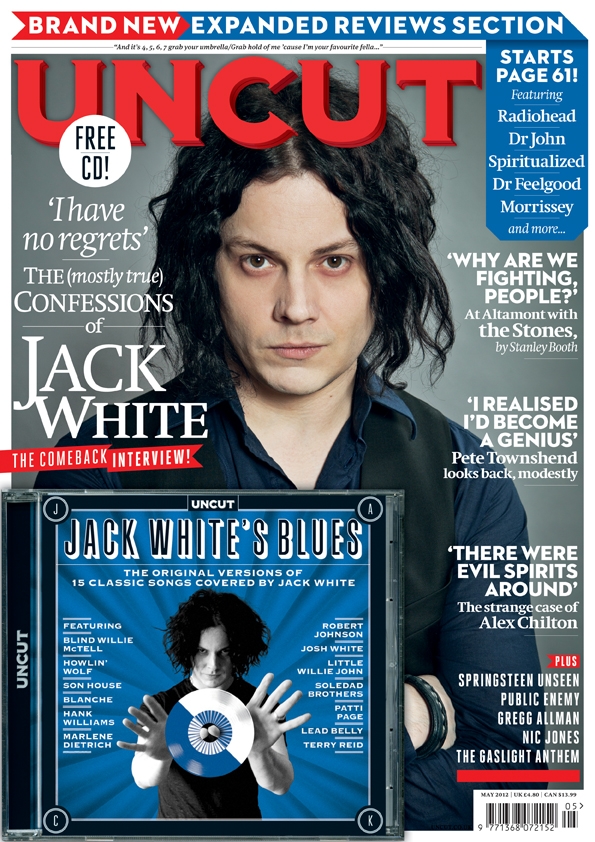
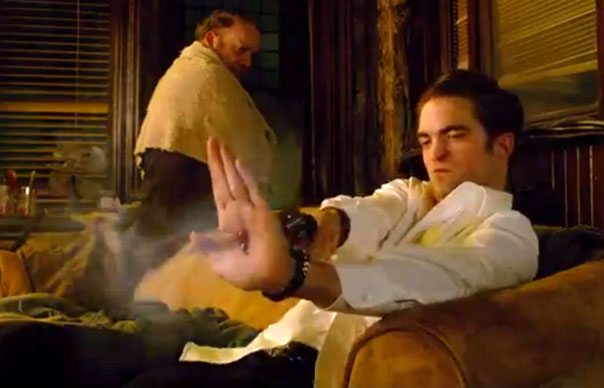
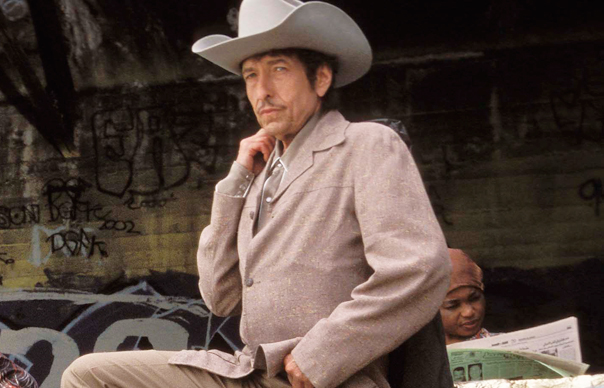
 The festival, which takes place in Paddock Wood in Kent from June 29 – July 1, has also confirmed over 30 acts in its first announcement.
The festival, which takes place in Paddock Wood in Kent from June 29 – July 1, has also confirmed over 30 acts in its first announcement. 
